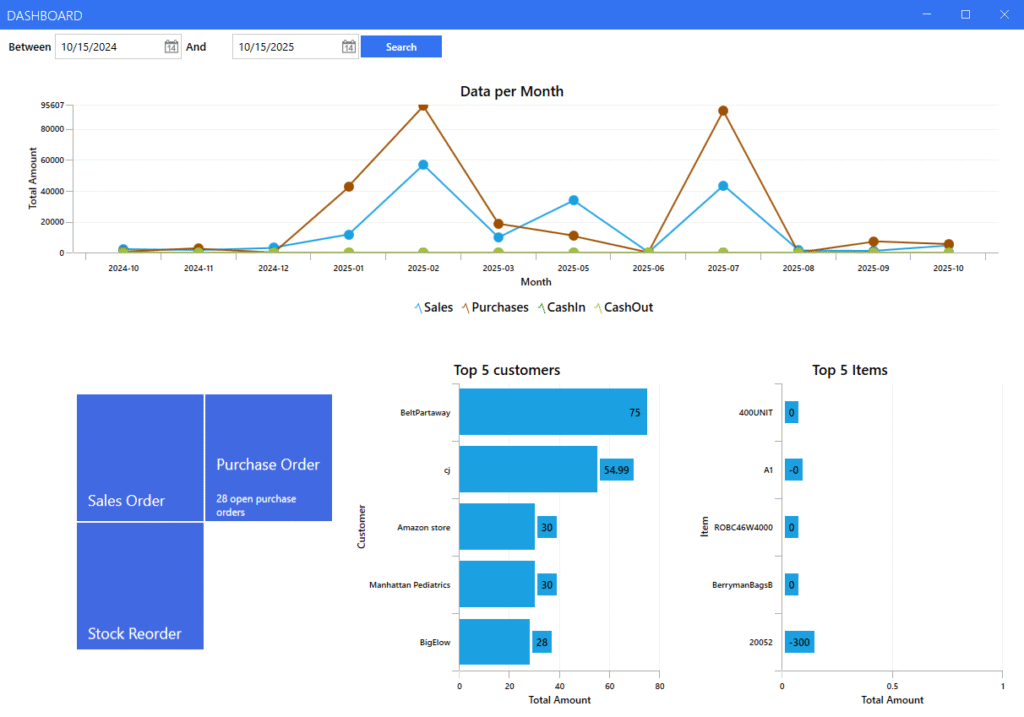The holiday season is just around the corner, which means the race is on to ensure your peak season inventory can handle the surge. The logistical scramble is a given, but the true key to a successful peak season lies not just in what you stock, but in understanding why your customers buy.
U.S. consumers spent around $241.1 billion online during the 2024 holiday season. Behind every one of those dollars was a decision based on emotion, urgency, and psychology. This urges brands to look beyond the spreadsheet and into the mind of the shopper.
Mastering the psychology behind peak season inventory is what separates seasonal stress from seasonal success. When you understand the why behind the buy, you can transform your inventory from a cost center into your most powerful psychological tool.

Inside the Mind of the Peak Season Shopper
What most businesses lack is the understanding of the powerful psychological forces that drive customers’ purchasing behavior during the holidays. Their actions are rarely logical, and that’s precisely the point.
This “illogical” behavior is not random, but predictable. When you recognize that a customer is upgrading a gift to express a year’s worth of love in a single package, your entire peak season inventory strategy shifts. You are no longer just stocking products; you are stocking emotional solutions and tokens of connection.
This psychological lens transforms your inventory from a static list of SKUs into a dynamic toolkit for meeting profound human needs. This allows you to anticipate demand on a deeper level and create merchandising strategies that resonate powerfully with your customers’ hearts and minds.
The "Fear of Missing Out" (FOMO) and Perceived Scarcity
Few psychological triggers are as potent as FOMO. During peak season, this transforms from a casual social media term into a powerful commercial driver. When customers believe a product is limited in quantity or available for a short time, their desire for it increases significantly.
This fear of missing out on the perfect gift or the year’s best deal creates a sense of urgency that can override hesitation. For you, this means that strategically managing the perception of scarcity for your key seasonal items can prevent the dreaded end-of-season dead stock.
The Shift from Rational to Emotional Purchasing
Throughout much of the year, consumers often make calculated, need-based decisions. The holiday season fundamentally rewires this process. Purchasing becomes steeped in emotion, i.e., the joy of giving, the desire to create perfect memories, and the pressure to meet social and familial expectations.
A buyer might rationally need a simple coffee maker, but they are emotionally driven to buy the deluxe model with all the bells and whistles as a symbol of their love. Your peak season inventory must account for this emotional upgrade in buying behavior. Stocking delightful versions of products is key to capturing these emotionally-charged sales.
The Power of Social Proof and Trends
We are living in an era where a viral TikTok video can create a demand explosion for a product overnight. It can turn a previously unknown item into the “must-have” gift of the season. This is the power of social proof in action. Consumers are influenced by what they see others buying, liking, and recommending.
This makes trend agility a critical component of your inventory psychology. It’s no longer enough to look just at last year’s sales data. You must keep a pulse on emerging trends and social media buzz to ensure your inventory includes the products that are suddenly on everyone’s wish list.
Inventory Strategies Powered by Psychology
Above, we have discussed different psychological drivers. Now, we will examine how to translate them into an intelligent inventory plan. Here’s how to bridge that gap:
1. Plan Scarcity to Prevent Actual Shortages
The goal is to use scarcity as a planned strategy, not an unplanned crisis.
- Identify Your “Hero” Products: Select a few high-demand and trend-aligned items to be your low-stock and high-demand leaders.
- Create Phased Rollouts: Instead of one massive shipment, split your seasonal inventory into several batches. This creates natural waves of availability, maintains freshness, and allows you to adapt if a product becomes a breakout star.
- Communicate Transparently: Use phrases like “almost gone” or “low stock” responsibly on your website to create legitimate urgency without misleading customers.
2. Use Basket-Building Product Placement in Your Data
Think of your peak season inventory plan as a virtual store layout. Just as you would place impulse buys near the checkout in a physical store, you should stock and suggest complementary items and accessories that encourage larger orders.
- Bundle Emotionally: Create bundles that solve gifting problems. Instead of just selling a scarf, offer a “Winter Coziness Kit” with the scarf, a mug, and hot chocolate. Bundling is an effective way to move multiple seasonal items and enhance perceived value.
- Utilize Impulse Buying Online: Use your inventory management system to recommend these bundles or complementary products at the point of purchase. This helps capitalize on the unplanned, emotional nature of seasonal spending.
3. Build an Agile and Flexible Fulfillment Plan
The psychological contract with a peak season shopper is simple: “I found the perfect gift; now I need it to arrive perfectly.” A broken delivery promise can shatter the emotional high of a purchase and lead to frustration and lost loyalty.
- Flip the Inventory Pyramid: During peak season, prioritize pulling inventory for online orders from your lower-volume stores first. This protects the stock on the shelves of your flagship locations and ensures in-person shoppers also have a positive experience and don’t encounter empty shelves.
- Clarify Fulfillment Policies: Decide in advance which stores will handle online orders, when they will pick items, and how you will handle customer pickups during a spike. Stress-test these systems beforehand to avoid logistical collapses that directly impact customer satisfaction.
4. Marrying Technology with Human Psychology
Modern technology is the engine that allows you to execute psychologically-informed strategies at scale.
- Predictive Analytics for Proactive Planning: Advanced inventory software harnesses the power of predictive analytics to transform your peak season planning. For example, C2W Inventory offers you real-time reporting into stock levels, sales trends, purchasing patterns, and more through its intuitive dashboards.
- Real-Time Visibility for Agile Responses: You need real-time visibility into your stock levels across all warehouses and stores. This way, when a product suddenly trends, you get the immediate insight required to capitalize on the surge and strategically redistribute inventory in hours, not days.
Bonus Tip: You can trust C2W Inventory as your all-in-one inventory management solution, providing advanced technological control for inventory tracking, purchasing, warehouse operations, and manufacturing management.

Conclusion
Peak season success is a powerful blend of art and science. Switch your strategy beyond the spreadsheet and into the mindset of your customer. This will help you build an inventory plan that meets demand and anticipates emotion. Therefore, we will wrap up this peak season inventory guide by emphasizing that it’s time to blend psychological insight with data-driven planning to turn seasonal challenges into lasting success.



